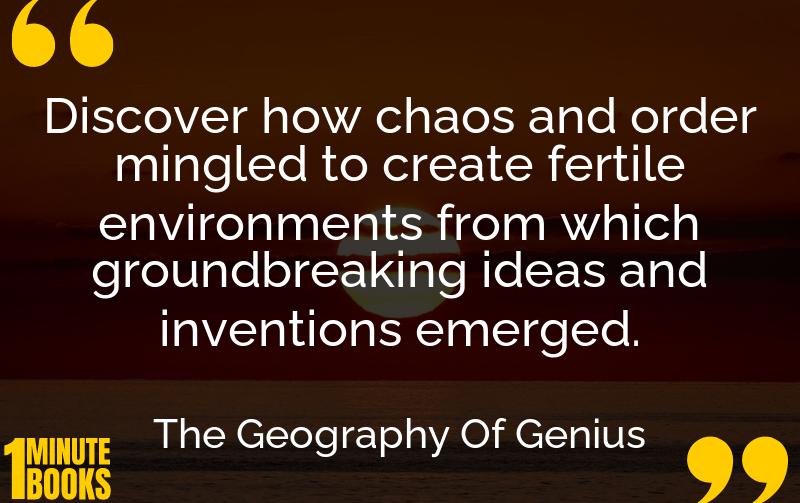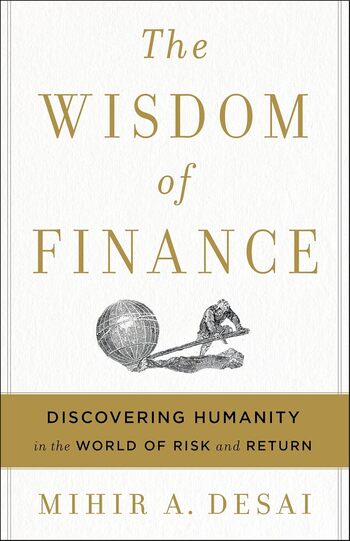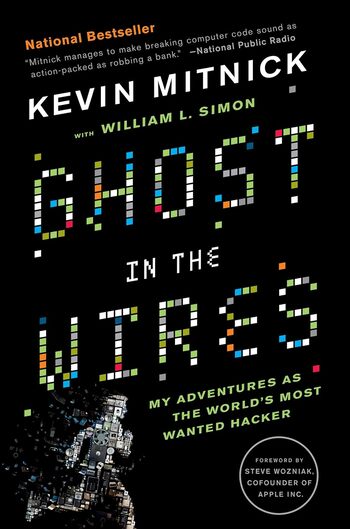
Eric Weiner’s ‘The Geography of Genius’ traverses history, uncovering the world’s most creative locales from Athens to Silicon Valley. It explores how certain conditions foster clusters of genius that revolutionized societies.
Main Lessons
- Genius clusters arise where cultural appreciation and intellectual exchanges are highly valued.
- The mix of chaos and order creates a fertile ground for creativity.
- Historical places like Athens, Florence, and Silicon Valley show how geography influences genius.
- Innovations often stem from a blend of existing ideas and the exchange of diverse cultures.
- Genius is acknowledged, not claimed; societal acknowledgment is key.
- Social, political, and financial support systems nurture creative minds.
- The Scottish Enlightenment and Vienna’s musical scene highlight the impact of vibrant social networks.
- Locations with diverse populations encourage unique perspectives and novel ideas.
- Institutions like Stanford and families like the Medicis play vital roles in fostering creativity.
- Frequent gatherings and discussions, whether in Edinburgh’s clubs or Vienna’s cafes, stimulate intellectual advancements.
- Technological and artistic innovations thrive in interdisciplinary environments.
- Failure often serves as crucial learning moments for future breakthroughs, as shown by Freud and others.
- Recent hubs like Silicon Valley continue to illustrate the essence of networks and collaboration.
- Understanding historical genius clusters offers insights into fostering creativity today.








